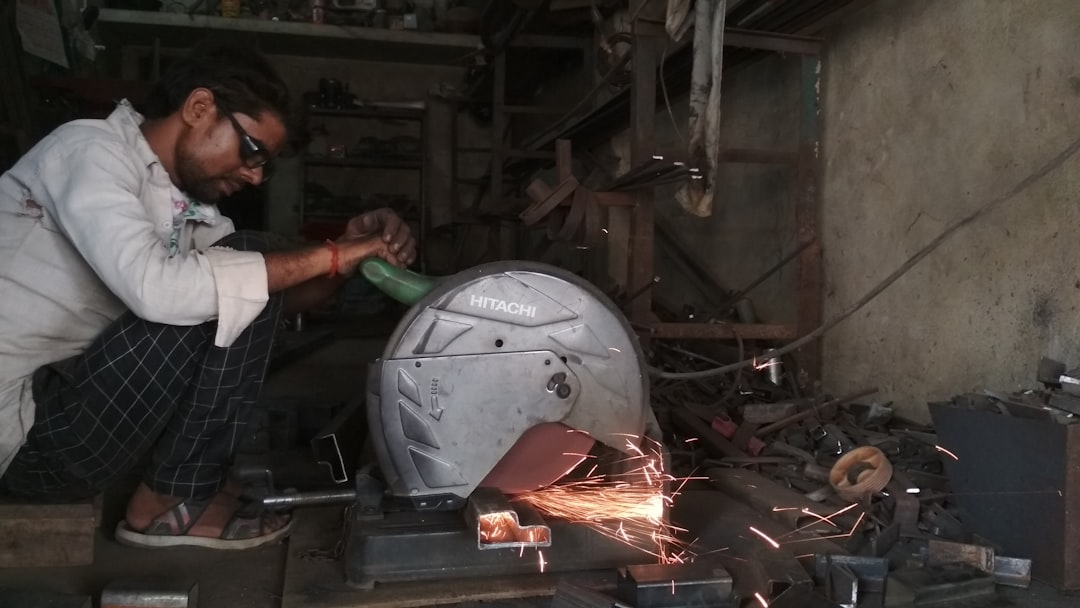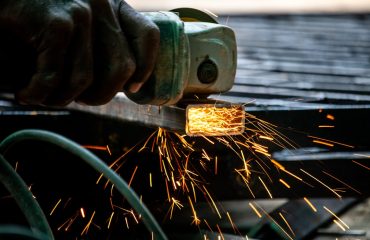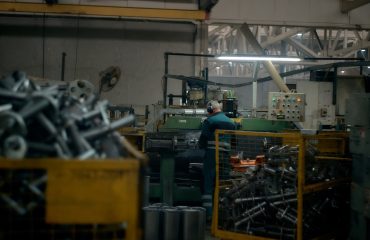body {
font-family: sans-serif;
line-height: 1.6;
}
h1, h2, h3 {
color: #333;
}
h1 { font-size: 2.5em; }
h2 { font-size: 2em; }
h3 { font-size: 1.5em; }
Steel, the backbone of countless structures and machines, demands rigorous quality control. Ensuring its integrity is paramount for safety and longevity. Ultrasonic testing (UT) has emerged as a cornerstone of non-destructive testing (NDT) methods, offering a powerful and versatile approach to inspecting steel for internal flaws and defects. This comprehensive guide explores the intricacies of ultrasonic testing in steel inspection, covering its principles, applications, advantages, limitations, and future trends.
The Fundamentals of Ultrasonic Testing in Steel
Ultrasonic testing leverages high-frequency sound waves (typically above 20 kHz) to detect internal discontinuities within materials. A transducer, acting as both a transmitter and receiver, emits ultrasonic pulses into the steel. These waves propagate through the material, reflecting off interfaces such as flaws (cracks, voids, inclusions), grain boundaries, or the opposite surface. The time taken for the echoes to return to the transducer is precisely measured, allowing technicians to determine the location, size, and nature of the defects. The technique relies on the principle of acoustic impedance – the resistance of a material to the passage of sound waves. Differences in impedance at interfaces cause reflections, which are then analyzed to assess the steel’s integrity.
Common Applications of Ultrasonic Testing in Steel Inspection
Ultrasonic testing finds widespread application across various steel-related industries. Some key applications include:
- Weld Inspection: UT is indispensable for evaluating weld quality, detecting flaws such as porosity, cracks, lack of fusion, and incomplete penetration.
- Casting Inspection: Detecting internal flaws like shrinkage cavities, gas porosity, and inclusions in steel castings.
- Forging Inspection: Identifying cracks, laps, and other defects that might have formed during the forging process.
- Pipe Inspection: Assessing the integrity of steel pipes for corrosion, erosion, and other forms of degradation.
- Plate and Sheet Inspection: Detecting laminations, inclusions, and other defects in steel plates and sheets used in construction and manufacturing.
- Rail Inspection: Detecting internal flaws in railway tracks to ensure safety and prevent derailments.
Advantages of Ultrasonic Testing over Other NDT Methods
Compared to other NDT methods like radiography or magnetic particle inspection, ultrasonic testing offers several significant advantages:
- High Sensitivity: UT can detect very small flaws, even those invisible to the naked eye or other inspection techniques.
- Deep Penetration: Ultrasonic waves can penetrate thick steel sections, allowing for the inspection of large components.
- Portability: Portable ultrasonic testing equipment is readily available, facilitating on-site inspection.
- Real-time Results: The results are often available immediately, speeding up the inspection process.
- Cost-Effective: While initial investment in equipment can be substantial, the long-term cost-effectiveness is often superior to other methods, particularly for large-scale inspections.
Limitations of Ultrasonic Testing in Steel Inspection
Despite its numerous advantages, ultrasonic testing has certain limitations:
- Surface Preparation: A smooth surface is often required for optimal coupling between the transducer and the steel, which can require additional preparation time and effort.
- Operator Skill: Accurate interpretation of ultrasonic signals requires skilled and experienced operators. Incorrect interpretation can lead to false positives or negatives.
- Complex Geometries: Inspecting components with complex shapes or geometries can be challenging, requiring specialized techniques and transducers.
- Attenuation: Ultrasonic waves lose energy as they propagate through the material, limiting the inspection depth, particularly in coarse-grained steels.
- Diffraction Effects: The size and shape of the detected flaw can be influenced by diffraction effects, potentially leading to inaccurate sizing.
Future Trends in Ultrasonic Testing for Steel Inspection
The field of ultrasonic testing is constantly evolving. Several trends are shaping the future of steel inspection using this technology:
- Phased Array Technology: Phased array ultrasonic testing allows for the electronic steering and focusing of ultrasonic beams, enabling faster inspection speeds and improved defect characterization.
- Automated Ultrasonic Testing (AUT): Automation is increasing efficiency and reducing human error in ultrasonic inspection. Robotics and advanced software are being integrated to automate data acquisition and analysis.
- Advanced Signal Processing: Sophisticated algorithms and machine learning techniques are being used to improve the accuracy and speed of flaw detection and characterization.
- Data Analytics and Big Data: The large amounts of data generated by ultrasonic testing are being analyzed using big data techniques to identify patterns and improve predictive maintenance strategies.
- Integration with other NDT methods: Combining ultrasonic testing with other NDT methods, such as magnetic particle inspection or radiography, can provide a more comprehensive assessment of steel integrity.
In conclusion, ultrasonic testing is a crucial and indispensable tool in ensuring the quality and safety of steel structures and components. Its versatility, sensitivity, and evolving capabilities make it a vital technique for various industries. Understanding its principles, applications, advantages, and limitations is key to effectively utilizing this powerful NDT method for optimal steel inspection.
SEO Tags:
Ultrasonic Testing, Steel Inspection, NDT, Non-Destructive Testing, Flaw Detection




